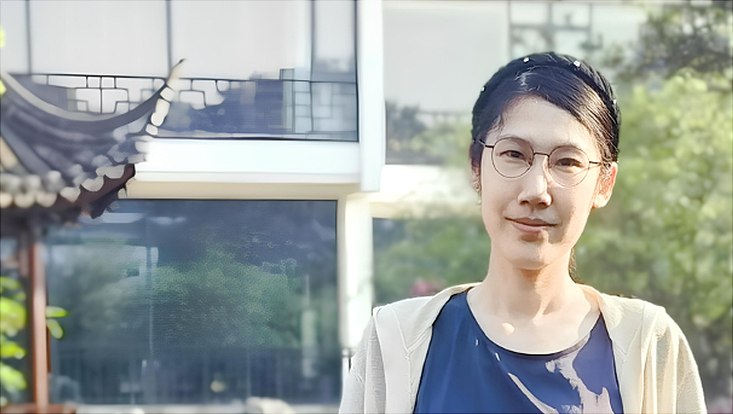Dr. Huiming Jia

Curriculum
Huiming Jia is a lecturer at Qufu Normal University, specializing in world art history. She holds a bachelor's, master's, and doctoral degree in art history from the Central Academy of Fine Arts in Beijing, with her doctoral research focusing on visual narratives in 17th-century Dutch genre painting. From 2019 to 2020, she was a guest researcher at the Faculty of Humanities, Leiden University, funded by the China Scholarship Council.
Since December 2021, she has been conducting postdoctoral research at the Shanghai Academy of Fine Arts, with a focus on early 20th-century Sino-European art exchanges, particularly the “European tours” of Chinese artists. Her research explores these tours as notable instances of cultural exchange that influenced modern art in both China and Europe, highlighting the reciprocal artistic dialogue across cultural boundaries.
In addition to her academic work, she has engaged in several Sino-British exhibition exchange projects. In the coming months, she will continue her research in Hamburg, expanding upon her postdoctoral work to further investigate the mutual influences between Chinese and European art in the 20th century. Through this work, she aims to deepen the understanding of these intricate interactions.
Publications (selection)
- (2024). Xiandai zhuanxing shiye xia de Zhongguo huihua: yi Liu Haisu ouyou zuopin zhanlan wei zhongxin (1931–1936) [Chinese Painting in the Age of Modern Transformation: Exhibitions of Liu Haisu’s European Tours (1931–1936)]. Rongbaozhai [Beijing: Studio of Glorious Treasures], 235(6), pp. 148–163.
- (2024). Cong “Ouzhou minghua caifang lu” kan Minguo shiqi Ouzhou meishu de yijie yu chuanbo [Translation and Dissemination of European Art during the Republican Era in China: Insights from A Handbook to the Public Picture Galleries of Europe]. Shijie Meishu [Beijing: World Art], 181(1), pp. 28–34.
- (2023). Biaoxiang yu zhenshi: shilun shiqi shiji Helan fengsu hua zhong de Xianshizhuyi [Appearance and Reality: Exploring ‘Realism’ in Seventeenth-Century Dutch Genre Painting]. Shijie Meishu [Beijing: World Art], 177(1), pp. 121–127.
Research project: The Transformative Force: Rediscovering the Chinese Concept of "Rhythmic Vitality" in Early Twentieth-Century Europe
This research project aims to illuminate the latent force of the Chinese aesthetic concept of "Rhythmic Vitality" (an English translation of the Chinese phrase qi-yun-sheng-dong) and its role in stimulating transcultural dialogue in early twentieth-century Europe. Originally proposed by the Chinese art critic Xie He in the fifth to sixth century as one of the "six principles of painting" (liu fa) , this concept was largely forgotten until its revival at the dawn of the twentieth century. It was subsequently introduced into European academic circles, sparking a profound shift in the art world.
This project examines the exchanges between China and Europe during this pivotal period, focusing on the dissemination and reception of "Rhythmic Vitality". By analyzing discourses, documents, and artworks, including those by Henri Matisse and Paul Cézanne, the research aims to uncover the concept’s impact on modernist art theory and practice within a transcultural context.
By exploring these dynamics, the project seeks to reveal deeper layers beneath the grand narrative of modernist art history and explores why "Rhythmic Vitality" became a key concept in bridging ancient and modern artistic traditions across cultures. The introduction of this Chinese aesthetic theory to Europe, along with its adaptation and application by figures such as Roger Fry, underscores the concept's transformative role in shaping modernist art and connecting diverse artistic traditions.
